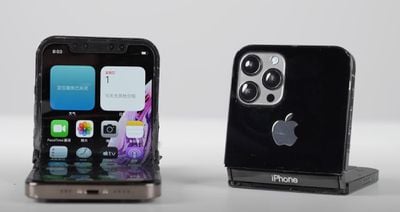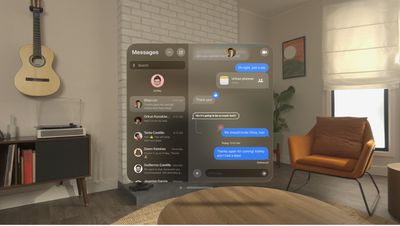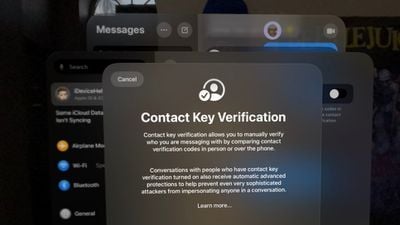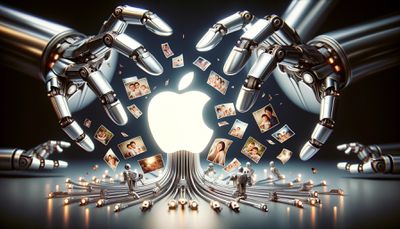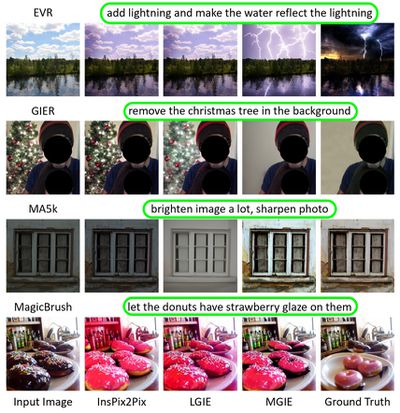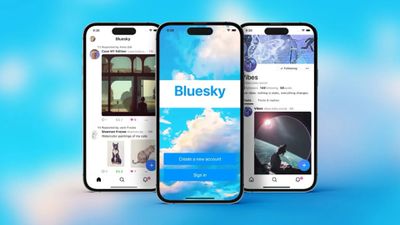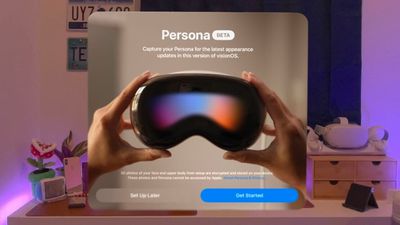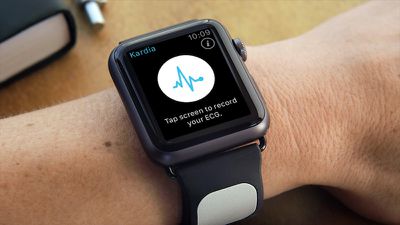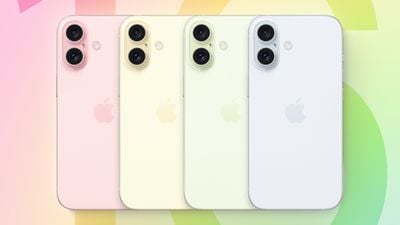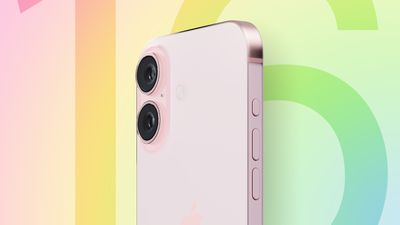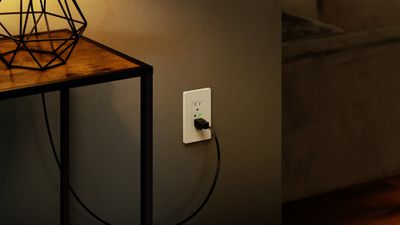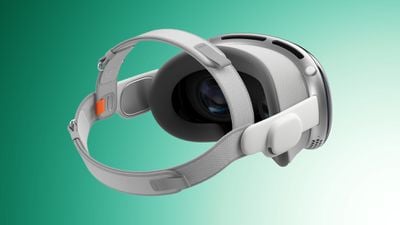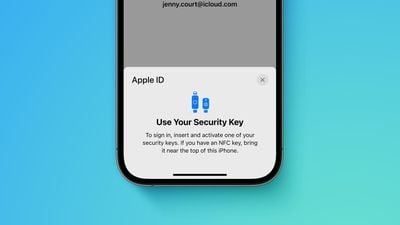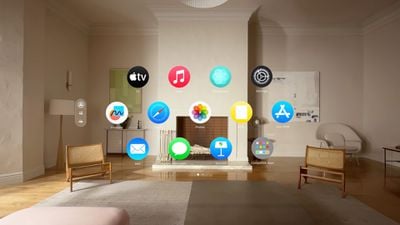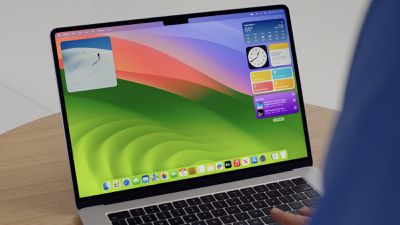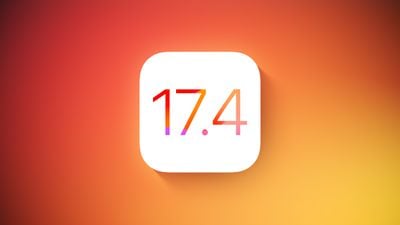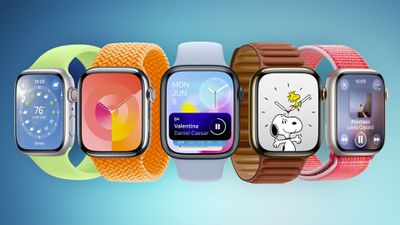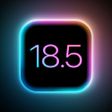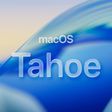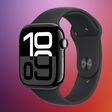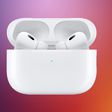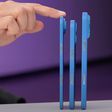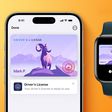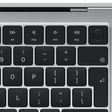iFixit today shared the second part of its teardown of Apple's Vision Pro headset, revealing several new insights about the device's construction, specifications, and repairability. Its initial disassembly provided the first comprehensive look at the device's internals last week.
iFixit examined the Vision Pro's microOLED display panels, also known as OLED on Silicon. Despite not technically having 4K resolution, the displays boast an incredible pixel density, with more than 50 Vision Pro pixels fitting into the space of a single iPhone 15 Pro pixel. This density translates to an estimated 3,386 pixels per inch and 34 pixels per degree, offering a rich visual experience that, while not 4K by conventional standards, exceeds the pixel count of a 4K TV.
The logic board of the Vision Pro houses the M2 chip and R1 co-processor, designed to manage the real-time data from the headset's numerous sensors. This includes outward-facing cameras, TrueDepth sensors, LiDAR sensors, IR illuminators, and IR cameras.
The teardown also highlights the Vision Pro's battery design, which, despite being "over-engineered" and difficult to open without damage, contains a range of hardware features such as temperature sensors and an accelerometer. The bespoke "big Lightning" cable outputs more voltage than a standard USB-C pack to meet the Vision Pro's processing demands. iFixit managed to design its own battery pack to circumvent the restrictions of Apple's design, providing double the battery life of the included pack.
iFixit revealed that the Vision Pro is relatively free from parts pairing, a common practice in Apple products that restricts repairability. This means components can be swapped between headsets without triggering "unrecognized part" warnings, a key benefit for repair enthusiasts and professionals.
The Vision Pro's repairability presents a mixed bag. On the plus side, its battery is modular, and parts that come into contact with the user's skin are easily replaceable. The lens inserts and light seals attach magnetically, simplifying the fitting process. Yet, the headset's front glass poses a significant vulnerability. Its fragility means that even fully functional sensors become useless with a cracked display, affecting the headset's overall durability and user experience. Comparatively, rival headsets from Meta offer a more durable design with exterior shells made of plastic and recessed cameras protected by a separate notch, making them significantly more robust than the Vision Pro. Overall, iFixit awards the Vision Pro a provisional repairability score of 4 out of 10.


